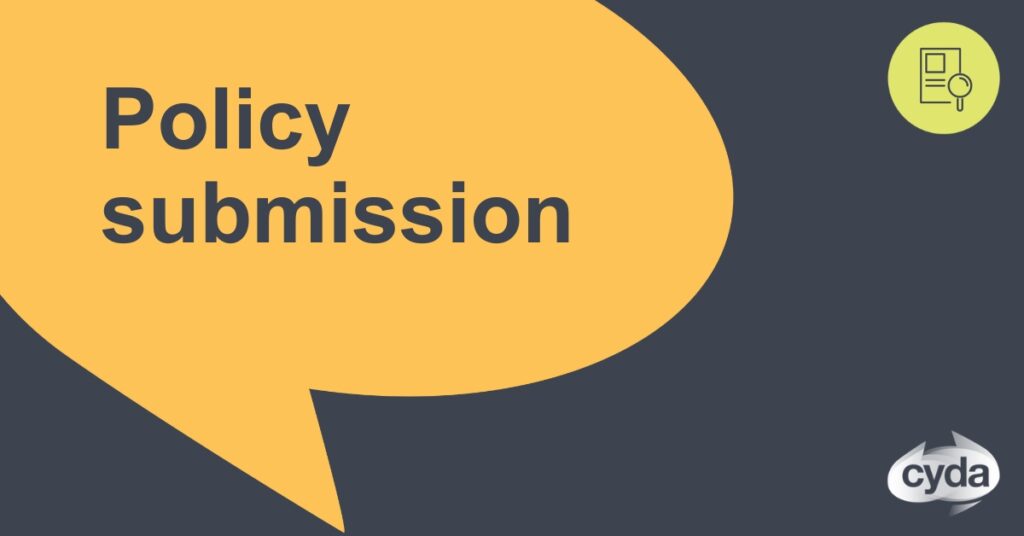Young people with disability are one of the most disadvantaged cohorts in the labour market. They experience the intersectionality of systemic disadvantage and oppression of both being a person with disability and a young person – with this disadvantage being even further amplified by other demographic factors, such as socio-economic status, ethnicity, gender or sexual diversity, or living in a regional or rural area.


